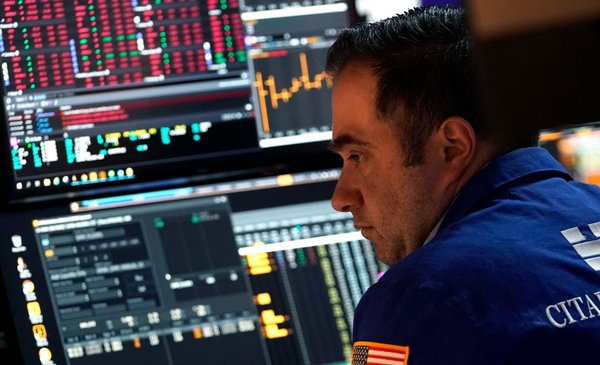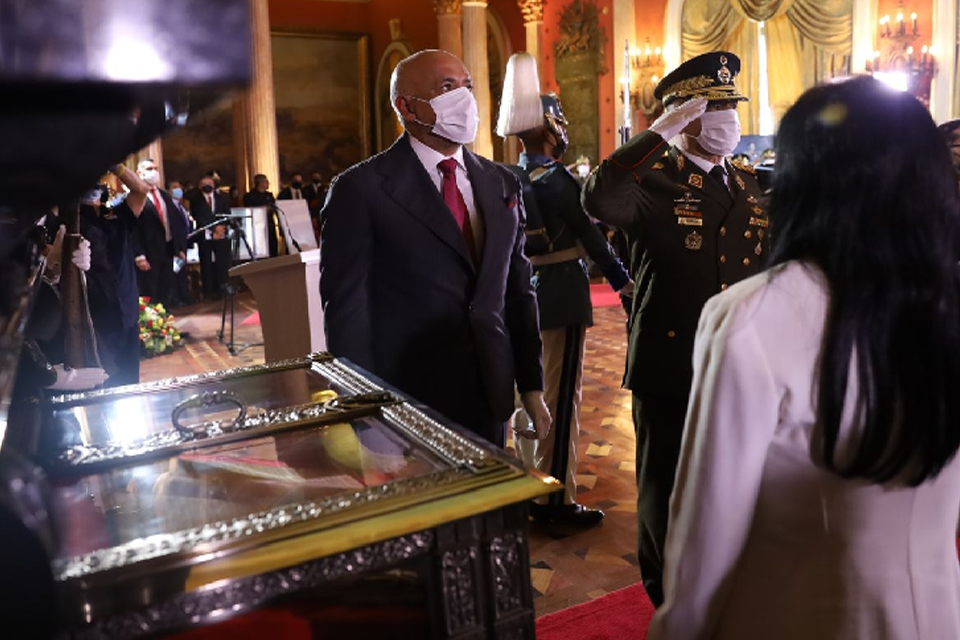After moving for 10 consecutive sessions in the range of $ 39, the interbank dollar rose this Tuesday in Uruguay and returned to trading in the range of $40. The average of the transactions was $40.18 and had an appreciation of 0.57% compared to Monday. Meanwhile, the last operation through Bevsa was agreed at $40.05, in this case just 0.13% above the previous day’s close. In total, US$ 23.9 million were traded in wholesale operations this day.
On the board to the public of the BROU, the dollar advanced five hundredths at the close of this Tuesday with a price of $38.85 for the purchase and $41.25 for the sale. So far in July, the accumulates an increase of 0.8% compared to the last operation in June.
Go down in Argentina, go up in Brazil
In Argentina, the blue dollar decreased 8 Argentine pesos (A$) from the opening price to reach A$242 for purchase and A$252 for sale. The gap thus decreases to 100% with respect to the official wholesale exchange rate and more than 92% in relation to the retail one during the first day of the administration of the new Minister of Economy, Silvina Batakis.
At the beginning of the day the parallel had increased 7 pesos, but it fell during the last hours of the afternoon. Yesterday, the parallel dollar reached maximum figures close to A$ 280, consolidating a final rise of A$ 21 with respect to Tuesday’s close.
The Batakis appointment marked a strong reaction from the markets and the coming days will be marked by how they can develop their economic program. Meanwhile, cave operators explained that “there is still no parallel price”. The official dollar traded at A$125.75 for purchase and A$131.75 for sale on the screens of Banco Nación (BNA). In turn, the average dollar of the banking entities of the Central Bank (BCRA) is A$132.54.
The Central Bank maintained its dynamic of strong sales of dollars from its reserves in the official foreign exchange market to supply demand. Above all, for the purchase of energy and fuel that is being imported into the country to cover the shortage this season. The monetary authority obtained this Tuesday a negative balance of about US $ 180 million after his intervention in the exchange market. In this way, in the first three days of July it accumulates net sales of around US$ 470 million, according to private estimates
For its part, in Brazil, the dollar 1.2% against the real, which was 5.39 units per greenback. Meanwhile, the stock market’s Ibovespa index fell 0.3%.
Meanwhile, in Chile, the exchange rate ended Tuesday’s session under pressure, as has been the trend in recent days, with a jump of 23.04 units compared to yesterday’s close and standing at 951.63 Chilean pesos per dollar, its highest level since records exist and breaking a new record. Likewise, the advance of more than 23 units had not been observed in the market since February of this year. According to data from Bloomberg, the Chilean peso is the third emerging market currency that falls the most against the dollar during the day and is the currency that has the worst performance in Latin America.
The dollar index —which measures the greenback against the world’s main currencies— appreciates more than 1.3%. Likewise, the euro, which is one of the currencies that has the greatest weight within this index, succumbs and falls to its lowest level in the last 20 years, at 1.02 units per greenback.
The fears of a global economic recessionHe is once again the main resentment among investors, which has caused the appetite for the dollar rises and becomes a safe-haven asset. On this point, the chief analyst of Admiral Markets, Renato Campos, said that the The dollar acts “as a safe haven from the panic that is gripping the market due to the probability of falling into recession before the end of this year.”
Wall Street with uneven closing
The New York stock market ended uneven this Tuesday, when the concern about a possible recession hit many companies and helped others.
Technology companies rebounded strongly, in a market that sees fewer chances of strong increases in interest rates given the weak economic outlook. A high-rate scenario hurts tech’s future earnings outlook. The Dow Jones thus lost 0.42%, the technological Nasdaq instead gained 1.75%, and the S&P 500 rose 0.16% at the close.
With AFP, Diario Financiero and El Cronista-RIPE







